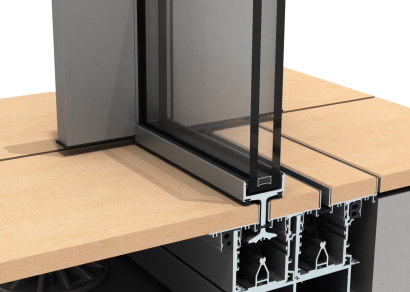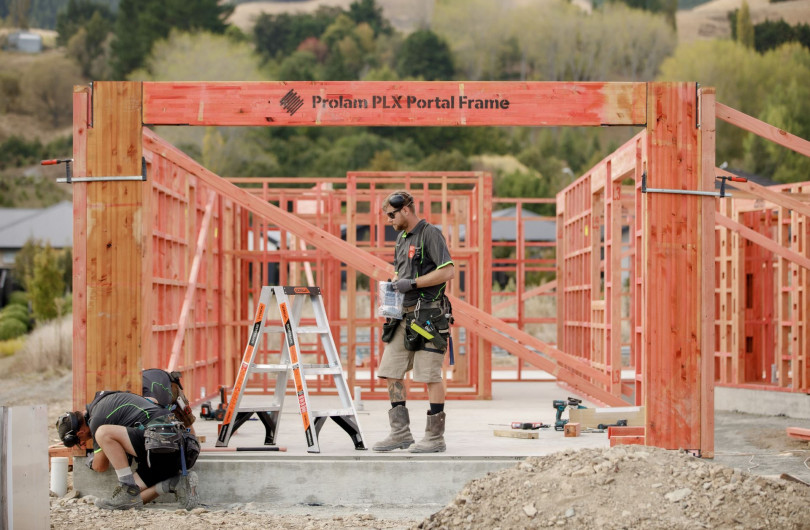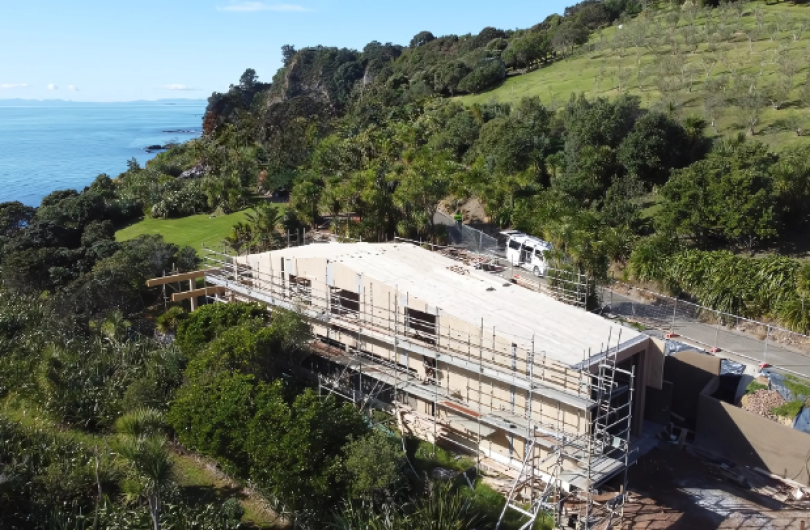LBP Skills Maintenance, September 2024 — for Design, Carpentry and Site license classes
The Government made this change in August 2024. The changes address some of the recommendations in the Commerce Commissioner’s market study into residential building supplies related to product substitution and variations.
Minor vs major
After a project gets a building consent and begins, it is possible that some building products specified in the plans are not available. In this situation, you can make a change to your consented plan without impacting the consent as long as the change is minor, and does not affect compliance with the Building Code. This is known as a ‘minor variation’ for building projects, and a ‘minor customisation’ when it is applied to a MultiProof.
Building consent authorities will still assess changes to ensure the building will comply with the Building Code, but people won’t need to submit an amendment for a building consent for minor, straightforward product or design changes.
The problem comes when there is disagreement (usually between a builder or designer and a building consent authority) about whether a change is ‘minor’, or whether it needs to be dealt with under the ‘major variation’ rules, which require a building consent to be re-submitted.
The difference between a minor and major variation can be extensive in terms of time and cost involved, so it is important that all parties can agree on the scope of the variation.
A closer look at the clarification
Minor variations are covered by the Building (Minor Variations) Regulations 2009, which forms part of the Building Act 2004.
Under the change, these regulations have had three new parts added to make them clearer:
The substitution of a comparable product is a minor variation if —
(a) the products achieve an equivalent level of performance, having regard to their design, installation, intended use, and maintenance; and
(b) it is not likely to affect the compliance of other parts of the building work with the building code; and
(c) the consequences of a building failure due to the product substitution would not be significantly worse than a building failure caused by the failure of the original product.
These sections are additional to the current minor variation definition, which simply says that a variation must not ‘deviate significantly’ from the original plans and specifications.
Planning for potential variations in advance
Building consent application forms are also being updated to allow builders and designers to specify alternative products in advance. This will be optional and will allow you to specify comparable building products in advance so an alternative will be pre-approved and ready to go without a variation needed, if needed.
This will allow for improved efficiency in the building consent process and encourage competition for building products – especially around supply and availability.
Minor customisations for MultiProof
For Licenced Building Practitioners (LBPs) designing MultiProof projects involving restricted building work, the regulation changes also impact ‘minor customisations’. MultiProof enables fast-tracked building consents for pre-approved building designs. The inclusion of a definition for minor customisation now gives homeowners and builders some flexibility to make personal choices about a build without sacrificing the benefit of a pre-approved building design.
The bigger picture
Updating the regulations around the definition of a minor variation may help to speed up consenting and improve efficiency. Other changes already announced in this space include:
- mandating the acceptance and use of overseas building products
- increasing the uptake of remote virtual inspections
- reducing the cost of the building levy
- improving the monitoring of the building consent system, including publishing data quarterly.
Read MBIE’s guidance for Minor Variations – building.govt.nz
Quiz
1. Why did this definition change need to happen?
a. It addresses some of the recommendations in the Commerce Commission market study into impediments to product substitution and variations
b. It will clarify what a ‘minor' change is for building consent authorities, designers, and builders
c. It is aimed at speeding up consenting and improving efficiency
d. All the above
2. The substitution of a comparable product is a minor variation if:
a. The products achieve an equivalent level of performance, having regard to their design, installation, intended use and maintenance
b. The new product is the same colour as the original
c. It is likely to affect the compliance of other parts of the building work with the Building Code
d. All the above
3. What is another change already announced aimed at speeding up consenting and improving efficiency?
a. Mandating the acceptance and use of overseas building products
b. Increasing the uptake of remote virtual inspections
c. Reducing the cost of the building levy
d. Improving the monitoring of the building consent system, including publishing data quarterly
e. All the above
Note: Make sure you keep a note of any LBP Skills Maintenance articles that you read on EBOSS or anywhere else outside of the LBP portal. You'll need to include them when you submit your skills maintenance record.
Quiz answers:
1. d — All the above.
2. a — The products achieve an equivalent level of performance, having regard to their design, installation, intended use and maintenance.
3. e — All the above.



























 Most Popular
Most Popular Popular Products
Popular Products



